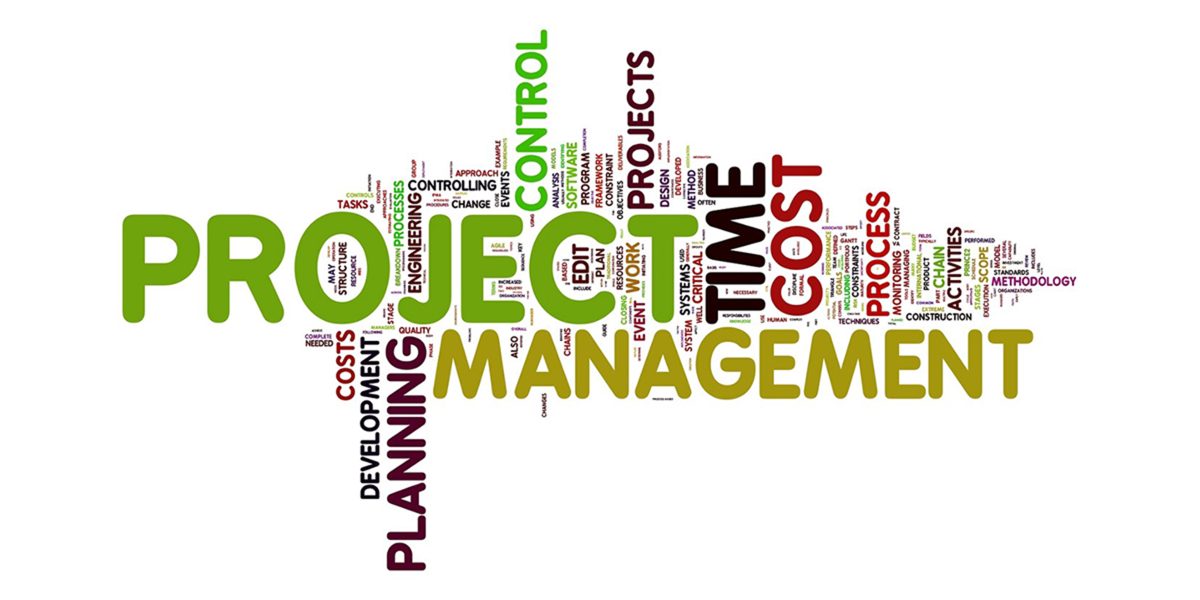
- Duration: 5 days
Course overview
Project management is an essential skill-set for many careers and in many contexts in our lives. Basic Project Management is an ideal starting point if you need to manage projects at work or at home, while not necessarily being a formally trained project manager. It is also suitable if you are considering undertaking a project in the near future and are seeking to learn and apply essential project management knowledge and skills.
To deliver a project successfully, it’s important to start by clearly identifying what the project is, and what its outcomes will be. In the course, we will show you practical ways to explore and understand your goals from the outset of your project, and to consider all the factors that may affect its execution. Step by step you will learn how to plan, scope, schedule, cost and manage your project from beginning to end. Since every project relies on the people who are delivering it, the course also enables you to explore how you can effectively communicate, manage people and employ leadership skills to successfully deliver your own project.
In Basic Project Management, you will learn practical ways to use project management skills, whether your project is large or small. Join us to explore how you can benefit from using project management techniques in your own projects.
Course learning outcomes
At the end of this course the participants will be able to:
• Identify common phases in the project life cycle (initiating, planning, executing, and closing) and list activities critical to each;
• Analyze new project constraints (time, resources, performance) and identify trade-offs between them (for example, if timely project completion date is critical, a company may expend more resources and perhaps reduce quality expectations if a deadline is at risk);
• Identify project stakeholders and their needs and prioritize stakeholders’ impacts to the project by the following criteria: proximity to the project, power, and urgency (time
sensitivity);
• Create a project work breakdown structure that accurately reflects a given project’s scope and includes individual work packages, each scaled for a single owner;
• Employ a work breakdown structure to develop a network diagram that accurately reflects duration and sequencing of project activities,
• Identify a project’s critical path and compute a project’s earliest possible finish date by means of the two pass method,
• Name the four methods for responding to project risks (avoid, transfer, mitigate, and accept) and the three methods for responding to project opportunities (exploit, share,
and enhance) and identify their differences;
• Summarize the differences between analogous, parametric, and bottom-up cost estimating and describe when it’s appropriate to use each;
• Define “planned value,” “earned value,” “actual costs,” “schedule variance,” and “cost variance” within the context of Earned Value Management; demonstrate how this system may be used to manage project cost and schedule.
Course Content
1. Project life cycle/project constraint model.
2. Project initiating/chartering.
3. Project communications.
4. Project planning.
5. Project work breakdown structure.
6. Project network diagram.
7. Project cost and schedule management.
8. Project closing
Target Audience<
Any person interested or involved in carry out a project
Training Methodology
State-of-the-art business facilitation methods are transferred by means of short, focused presentations which are followed by experiential learning workshop sessions. In these sessions, the knowledge gained is applied to real-world examples and case studies. Rapid learning of the methods and techniques is achieved by means of group work, individual work, participant discussion, facilitator interaction and constructive feedback.
WHY STUDY WITH US?
Diamond Training Institute give you the opportunity to further your education and acquire the knowledge and skills that are relevant in the workplace.
ON-TRACK FOR GROWTH
The individual leaves this course with a Personal Action Plan to encourage immediate transfer of training to the job.
EVALUATION TO ENSURE CONSISTENT QUALITY
All our courses are evaluated at Kirkpatrick’s Reaction and Learning levels as part of our quality control process.
Download Course Outline Here






